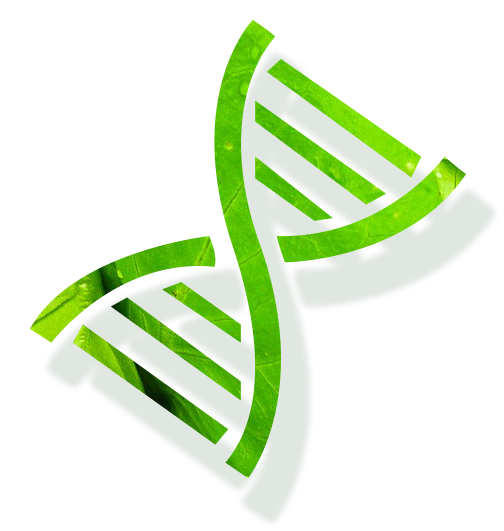Prof. Xudong QU’s research group from School of Life Sciences and Biotechnology at Shanghai Jiao Tong University (SJTU) has collaborated with researchers from the University of Queensland, to reveals the Molecular Basis of Regio- and Stereo-Specificity in Biosynthesis of Bacterial Heterodimeric Diketopiperazines.
Bacterial heterodimeric tryptophan-containing diketopiperazines (HTDKPs) are a growing family of bioactive natural products. They are challenging to prepare by chemical routes due to the polycyclic and densely functionalized backbone (Figure 1A). Through functional characterization and investigation, the researchers herein identified a family of three related HTDKP-forming cytochromes P450 (NasbB, NasS1868 and NasF5053) and revealed four critical residues (Qln65, Ala86, Ser284 and Val288) that control their regio- and stereo-selectivity to generate diverse dimeric DKP frameworks. Engineering these residues can alter the specificities of the enzymes to produce diverse novel frameworks (Figure 1B).
.png)
Figure 1. (A) The structures of representative bacterial HTDKP natural products. (B) Deciphering and engineering the regio- and stereo-specificity of HTDKP forming P450s.
Determining the crystal structures (1.70-1.47 Å) of NasF5053 (ligand-free and substrate-bound NasF5053 and its Q65I-A86G and S284A-V288A mutants) and molecular dynamics simulation finally elucidate the specificity-conferring mechanism of these residues (Figure 2).
.png)
Figure 2. Molecular dynamics (MD) simulations of NasF5053 (WT), NasF5053-Q65I-A86G, NasF5053-S284A-V288A and NasF5053-A86K-V288P in the presence of the substrate cWL-PL-E and the cWL-PL-U radical (Int1).
The results revealed a clear molecular and mechanistic basis into this family of HTDKP-forming P450s, laying a solid foundation for rapid access to the molecular diversity of HTDKP frameworks through rational engineering of the P450s.
This work was supported by the NSFC, National Key R&D Program of China and Shanghai Post-doctoral Excellence Program.
The article was published on December 07, 2020 in Journal of Nature Communications: https://www.nature.com/articles/s41467-020-20022-5.



